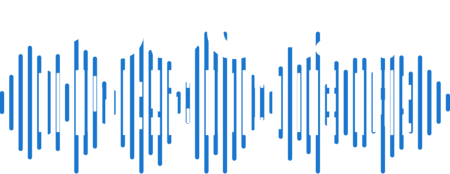With the introduction of Blubrry and Tech Podcast Network shows on television sets across the country via Roku and Boxee, podcast audience numbers have exploded. With this enhanced video/audio consumption, media creators have some decisions to make: do you want to create audio, video or both? Here are some thoughts to help you decide:
Audio Advantages
Wide Distribution. Every portable media player, Internet connected phone, desktop media software and Internet connected TV devices can play MP3 audio.
Keeps it Simple. Audio is much easier to create than video, limiting your production time and the hardware needed to get started.
Minimal Investment Costs. You don’t need a lot of equipment to get started. You only need a simple USB headset and freeware such as Audacity and you’re all set.
Audio is easy to create, reaches the widest range of devices and, at minimum, requires you to purchase a headset. Audio does have a few formats you can pick from, so we recommend you read our Audio Formats page for recommendations on what format to use for your podcast.
Video Advantages
Focused Distribution. Video is more likely to be consumed on a computer and in front of a TV than audio. In face, among 200 shows seen on Roku during the introductory 90-day period, visual media growth was 23 percent. Audio was only 3 percent.
Video is not as easy to create as audio and requires additional steps in order to provide the appropriate formats to maximize your distribution to as many devices and applications as possible. We recommend you read our Video Formats page for more recommendations and more details on the different formats.
Audio and Video
If you have the time, well, hey creating both audio and video will maximize your content’s exposure among all mediums and your money making potential through sponsorships.
Get more of your questions answered at PodCastFAQ.com





